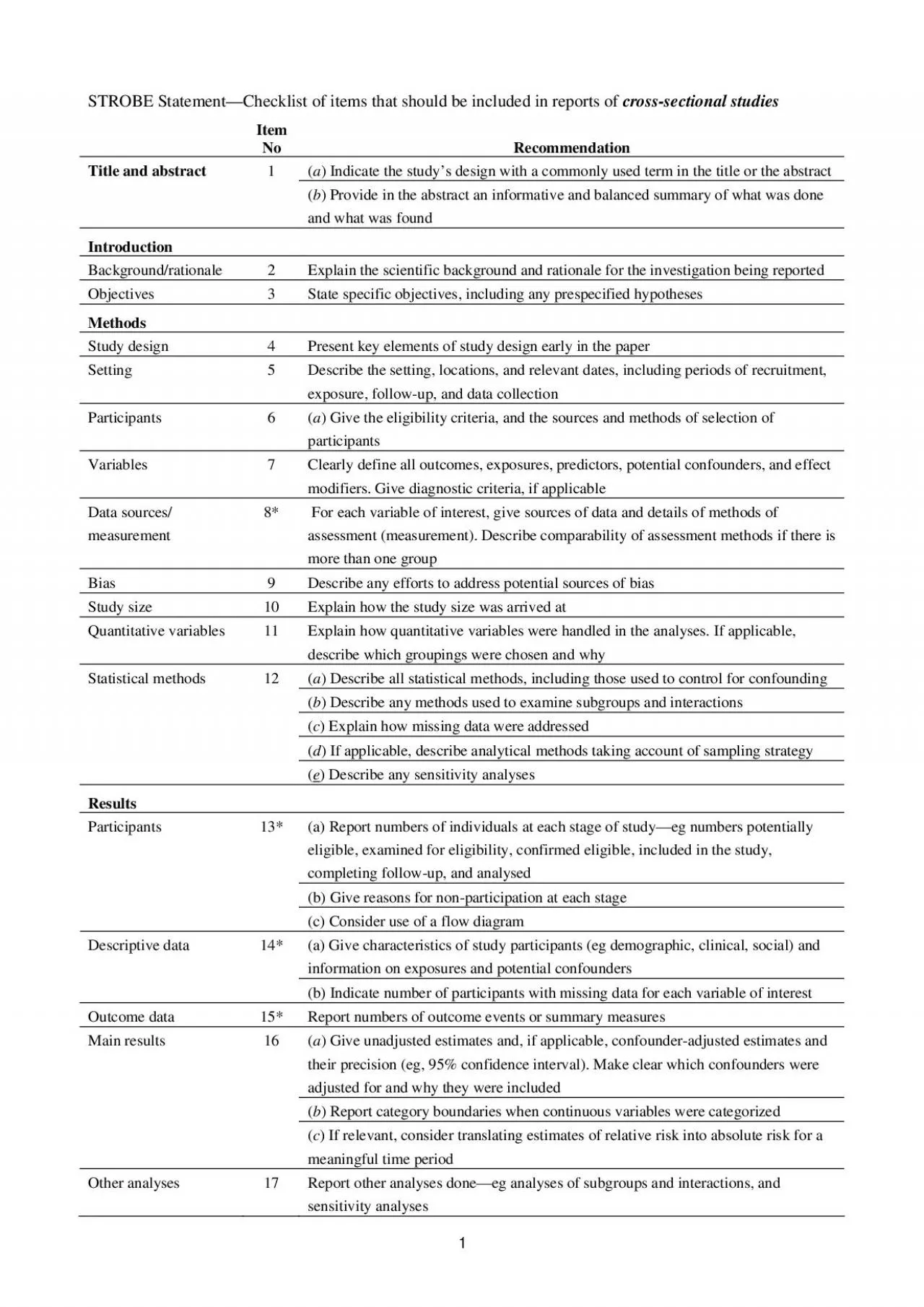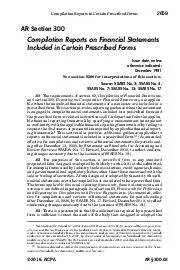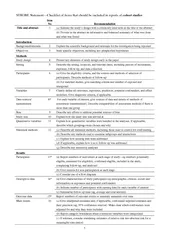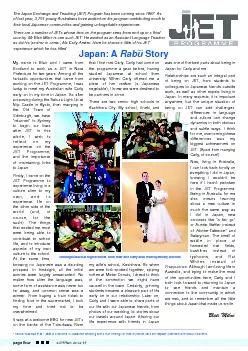PDF-STROBE StatementChecklist of items that should be included in reports
Author : jasmine | Published Date : 2022-08-25
Provide in the abstract an informative and balanced summary of what was done and what was found Introduction Objectives 3 State specific objectives including any
Presentation Embed Code
Download Presentation
Download Presentation The PPT/PDF document "STROBE StatementChecklist of items that ..." is the property of its rightful owner. Permission is granted to download and print the materials on this website for personal, non-commercial use only, and to display it on your personal computer provided you do not modify the materials and that you retain all copyright notices contained in the materials. By downloading content from our website, you accept the terms of this agreement.
STROBE StatementChecklist of items that should be included in reports: Transcript
Download Rules Of Document
"STROBE StatementChecklist of items that should be included in reports"The content belongs to its owner. You may download and print it for personal use, without modification, and keep all copyright notices. By downloading, you agree to these terms.
Related Documents














